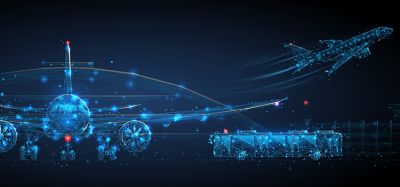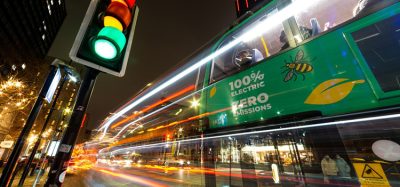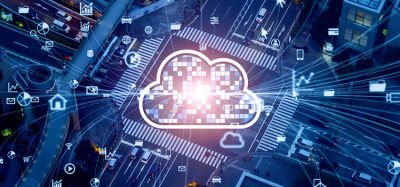Building smarter roads with digital technologies
- Like
- Digg
- Del
- Tumblr
- VKontakte
- Buffer
- Love This
- Odnoklassniki
- Meneame
- Blogger
- Amazon
- Yahoo Mail
- Gmail
- AOL
- Newsvine
- HackerNews
- Evernote
- MySpace
- Mail.ru
- Viadeo
- Line
- Comments
- Yummly
- SMS
- Viber
- Telegram
- Subscribe
- Skype
- Facebook Messenger
- Kakao
- LiveJournal
- Yammer
- Edgar
- Fintel
- Mix
- Instapaper
- Copy Link
Posted: 2 November 2022 | Lu Haikong - Huawei | No comments yet
Lu Haikong, Chief Operating Officer of Smart Road BU at Huawei, provides Intelligent Transport with exclusive insight into the company’s smart road solution, which can offer an optimised digital solution to a wide range of road user challenges.
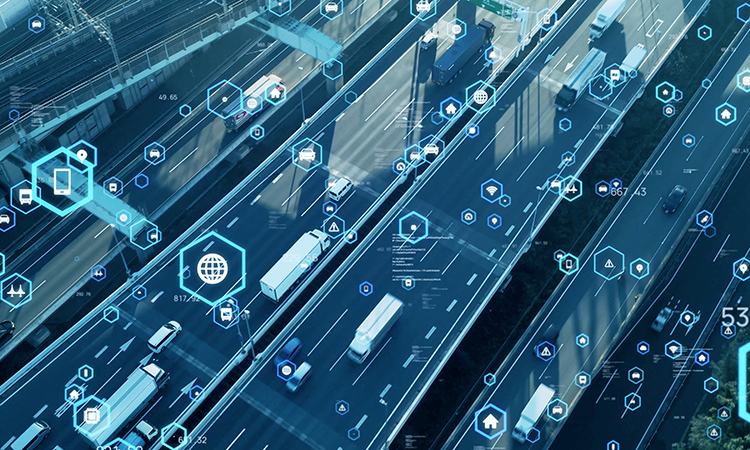

Credit: Huawei
What user problems can digital road technologies help to solve?
Improved road safety, efficiency and travel experience are the constant pursuits of the transportation industry. When we talk about how digital technologies make smart roads smarter, the critical task is to find the right technologies and adapt them for the right scenario for highways. By addressing common pain points in the industry, scenario-based solutions make roads safer, more efficient and offer a better user experience.
For example, in highway scenarios, digital technologies upgrade the electromechanical systems of communication, video analysis, toll collection and power supply, improving O&M efficiency. While in urban transportation, digital technologies make integrated management possible for urban road networks, traffic control and public travel experience. In practice, digital transformation is never only about putting a stack of high-tech technologies and products together; instead, our job involves lots of matching and upgrading. We find appropriate technologies and scenario-based solutions after studying pain points faced by our highway clients. Technologies only create value when they solve problems for our clients.
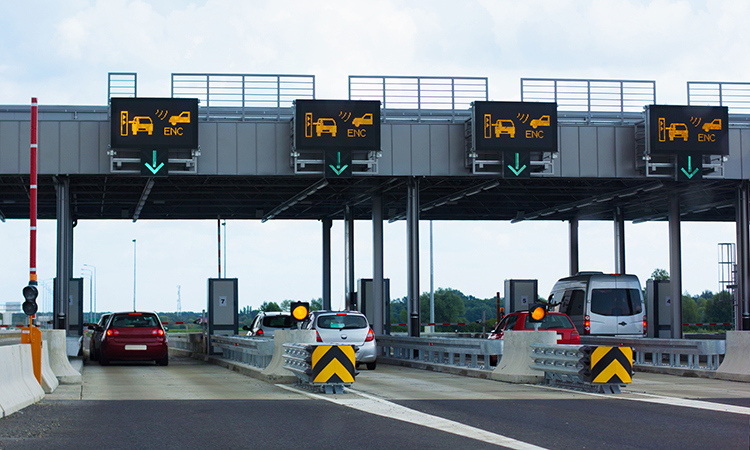

Credit: Huawei
How is the approach to digitalisation different for highways and urban traffic?
In the course of digitalising highways, we focus on specific scenarios such as toll stations, tunnel management stations, construction sites and rest areas. Improvements in these areas prove to be effective in alleviating traffic congestion and reducing road accidents. The job of road operators and managers are also made easier when remote control and visualised operation replace more and more manual O&M and inspection routines.
Urban traffic faces different challenges. Its two typical scenarios – road safety and traffic congestion – need high-definition, front-end sensor, radar and GIS to digitalise transportation infrastructure and integrate networks.
For highways, how does Huawei’s road solution help to solve the range of issues that can arise for road operators?
Road operators around the world face different challenges: digitalisation of newly built and upgraded roads; emergency response and maintenance of existing roads; intelligent tunnel and tolling operation, etc. Huawei’s roads solution improves tunnel safety through the connection of mechanical and electrical equipment; visualises the operation through the calculation and simulation of the high-speed road network; and reduces energy consumption through green sites. For all stakeholders of road and highway, the solution helps them to enjoy smooth mobility and driving.
And, similarly, how does the Huawei solution tackle urban traffic problems?
After studying two typical scenarios of urban traffic – road safety and congestion – Huawei came up with a ‘collect-transmit-study-use’ architecture, upgrading the entire business process, technical architecture and life cycle of urban traffic governance. Key technologies include radar and sensor, all-optical road network, spatio-temporal data foundation, high-precision map and risk analysis model.
This system collects lane-level data for vehicles and pedestrians in the road network, transmitted through the all-optical network with low latency and large bandwidth. In addition, the data is deeply analysed to prevent risks and match road supply and demand, making the traffic safer and more convenient.
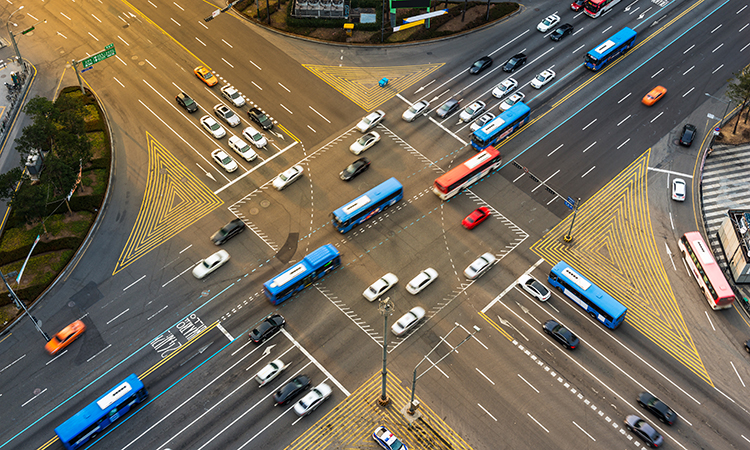

Credit: Huawei
The technology involved must be complex and extensive. Can you offer some insight into the different technologies that are used within Huawei’s road solution, and how these technologies work together to enable all of the previously mentioned benefits to the customer?
For example, the optical transmission technology is mainly applied to the highway communication system, and the optical transmission is all-optical. This subsequently provides a product solution that features high reliability, low latency, high elasticity, large bandwidth and resource visualisation; and IP routing for charging, monitoring data upload, data sharing among multiple centres and service linkage.
For example, the ETC gate frame integrated toll station is mainly applied to the expressway toll system to implement unified management and deployment of front-end data storage, edge computing and transmission. These products are trusted and supported by the vast majority of expressway owners and are widely used in expressways.
In addition, the 5G Massive MIMO technology of the new generation millimetre wave radar uses large-scale antenna arrays to achieve beamforming, achieving longer-range coverage. The super-resolution algorithm facilitates smooth display of vehicle tracks; solves the industry problem of large vehicles covering small vehicles; and implements intelligent event monitoring for highways. The artificial intelligence (AI) model of deep learning and computer vision is introduced to construct a sensory target network with all-time and all-elements and a cloud-edge collaboration computing target network.


Related topics
5G & Transport Communications, Artificial Intelligence, Intelligent Transport Systems (ITS), Traffic Management
Related organisations
Huawei
Related people
Lu Haikong




